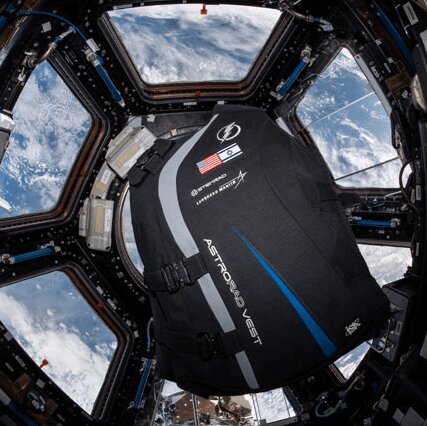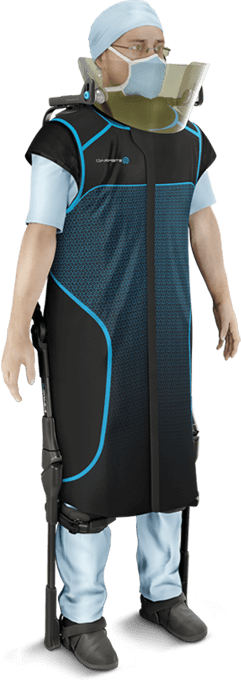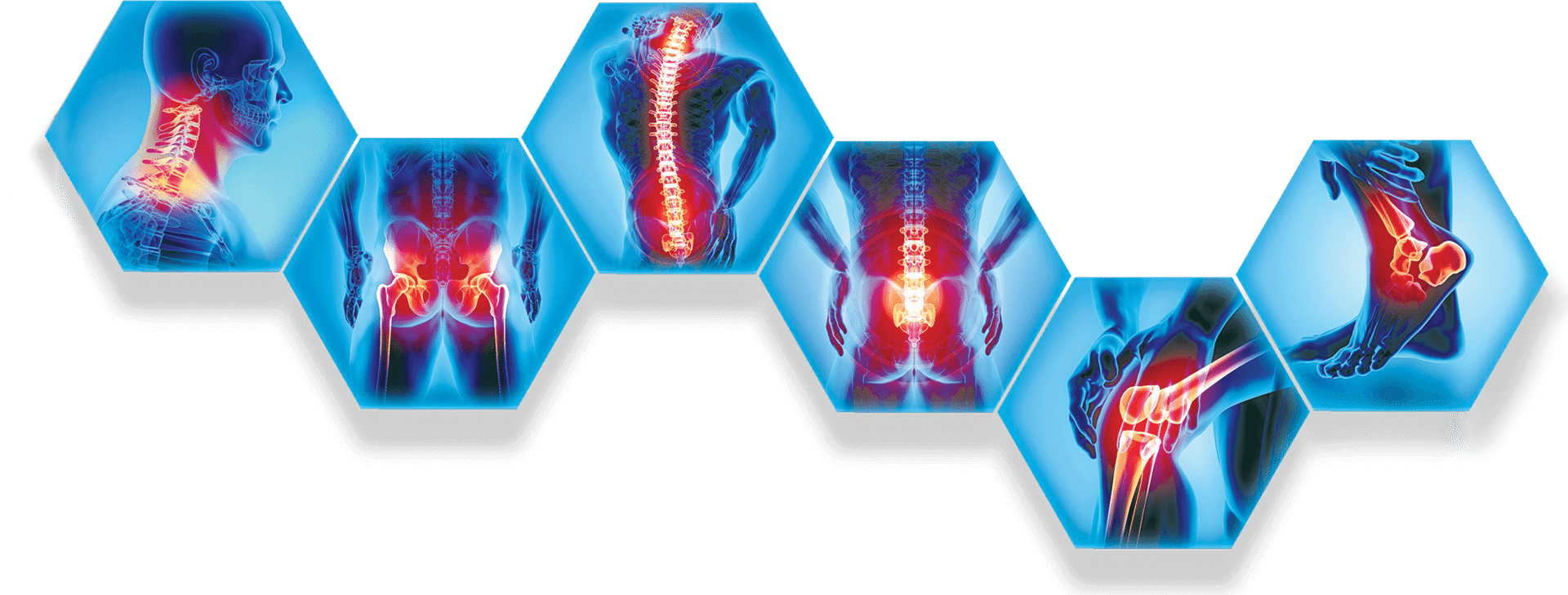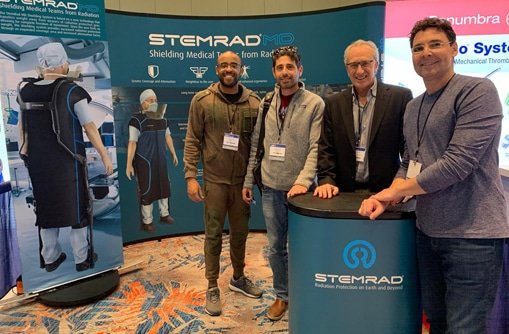
Our Customers




Current X-ray protective solutions (lead aprons and tethered solutions) are either too heavy or too limiting to the practitioner’s mobility. Critically, most solutions lack essential radiation protection, leaving the head and face of the operator exposed to harmful radiation.
Our next generation of X-ray protection gear – The StemRad MD – is based on an exoskeleton that bears the weight of the shielding, relieving you from the pain of wearing lead aprons while adding critical protection. Importantly, you enjoy complete freedom of movement. Full Protection with Full Mobility – StemRad MD.


“At the end of the day, our spines, hips and knees ache from the burden of the protective apparel we wear. Although numerous lead apron designs have been developed and marketed as ergonomically superior, no truly successful design exists.”



Full head protection allowing you to wear your own prescription glasses.

State-of-the-art lead-free material,
Tested: 60kVp-110kVp
IEC EN 61331 – 1:2014

Proprietary exoskeleton which channels all of the weight to the floor while enabling free movement.

Dedicated mobile hanger system enabling easy entry and exit of the system.
Interventionalists annual head exposure (20-30 mSv) is nearly 10 times higher than their whole body exposure.
There is a disproportionate number of tumors on the left side of the brains of interventionalists, the region of the head known to be more exposed to radiation and least protected by traditional shielding.
Elevated risks of brain cancer, breast cancer, and melanoma among technologists who performed fluoroscopically guided interventional procedures.
Posterior subcapsular lens changes (cataracts precursor) were found in 50% of interventional cardiologists and 41% of nurses and technicians compared to about a 10% incidence in control groups.
Interventional radiology work increases the probability of cataract development and enhanced protective measures for the eyes are highly recommended.
Lead glasses offer only limited protection (far less than the lead equivalence indicates) to the eyes due to radiation scattered through the head circumventing the shielding.
Significantly higher axial skeletal complaints (cervical and multiple disc.) and greater frequency of missed days of work associated with use of lead aprons.
Interventional cardiologists commonly suffer orthopedic disease, frequently leading to lost work days.
There is a significant association between work related pain and occupational exposure to interventional procedures requiring lead apron.
25% of Interventional cardiologists experience problems related to their hips, knees or ankles and even more alarming is that 60% experience spinal problems after 21 years of practice. Those working less than 5 years had 26% incidence of spinal issues.
